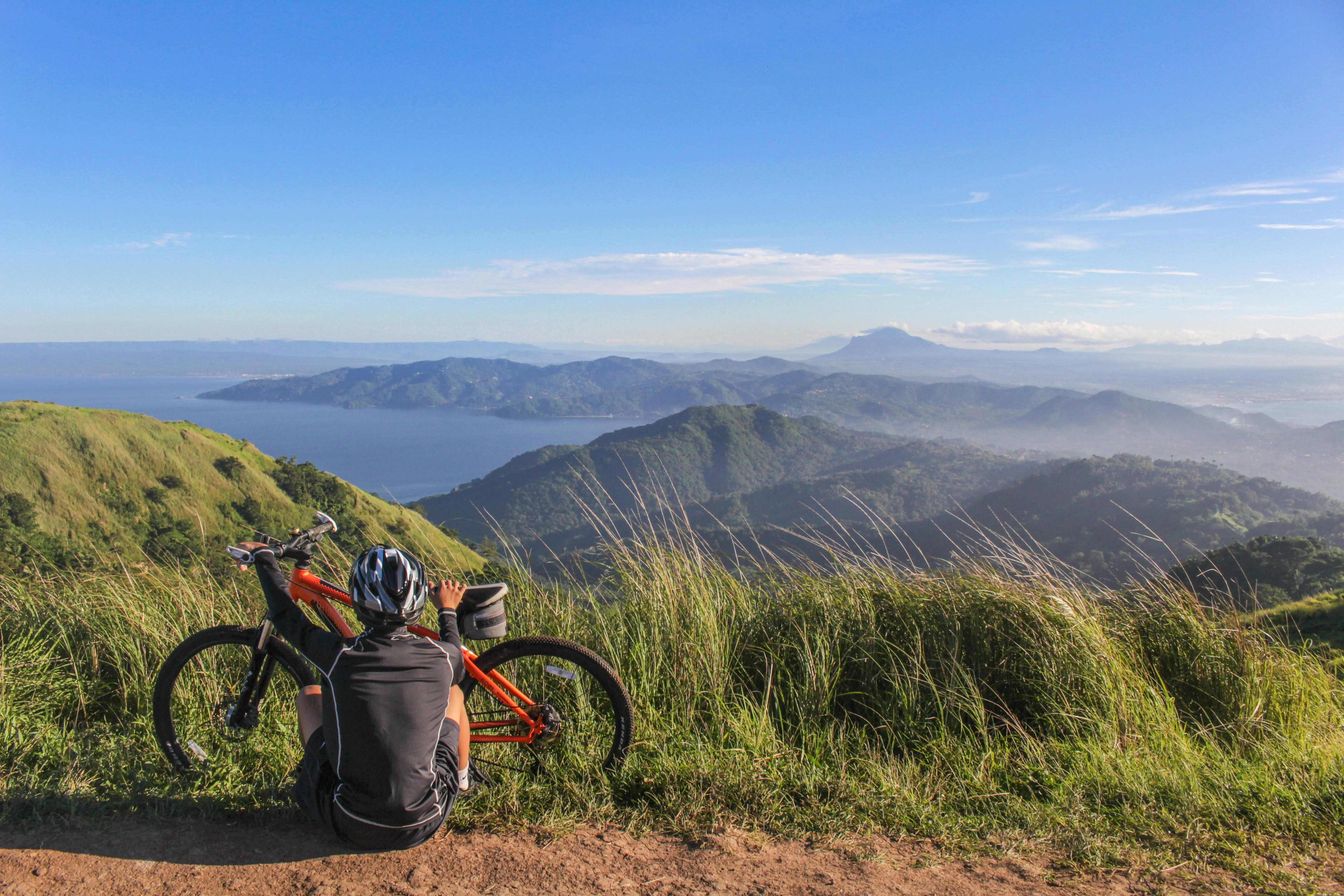
In nice weather, I like to go for long bike rides, but I do experience irritation and tingling of my ulnar-sided fingers with continuous pressure on the handlebars. I discovered the benefits of wearing an Orficast orthosis inside my biking gloves which greatly helps reduce the numbness and tingling I feel.
A recently published systematic review in the Journal of Hand Therapy highlights other strategies to reduce and avoid symptoms of peripheral neuropathies in cyclists. The median and ulnar nerves are the most commonly affected nerves at very specific sites.
The authors included 20 studies in their review, but the quality of these studies was considered low to moderate.
The studies suggested the following strategies to reduce and/or avoid compression of these sites:
Overall, the authors found studies that supported rest, decreasing activity, and the use of orthoses to reduce symptoms. However, they could not make evidence-based conclusions as to the most successful treatment. They did cite several studies which proposed hand strengthening exercises such as grip strengthening, and range of motion exercises for the neck and wrist. Additional articles suggested the use of non-steroidal anti-inflammatory medicines (NSAIDS) to reduce pain and inflammation.
In summary, there was insufficient evidence to suggest clear and effective measures for reducing compression of the median and ulnar nerves in cyclists. But the above suggestions are a good starting point.
Reference
Chiaramonte, R., Pavone, P., Musumeci, G., Di Rosa, M., & Vecchio, M. (2021). Preventive strategies, exercises, and rehabilitation of hand neuropathy in cyclists: A systematic review. Journal of Hand Therapy.
